Your fitness tracker was supposed to help you, well, track your fitness. A sports watch can use GPS to measure the distance of your open water swims, bike rides, runs, or hikes. Some wearable trackers measure your heart rate, providing key metrics and other data about your CrossFit sessions or even stretching. Even a heart rate monitor can be beneficial for athletes who want to maximize zone training.
But most of these fitness trackers provide insight into a metric that you might not consider when setting fitness goals — recovery.
Athletes often focus on their output. Are they working hard enough? Running fast enough? Moving heavier weights. However, for as much time as they spend training, they also need to spend time recovering.
According to researchers, athletes need to find a balance between the stress of exercise and recovery. It’s vital to incorporate recovery methods that help you manage the physical and mental fatigue so that you can perform your best in subsequent training sessions.
Don’t consider yourself an athlete? Think again. If you are training hard, you are an athlete. And you need to treat yourself that way, giving yourself the rest and rejuvenation you need.
But it’s not just about the literal idea of rest — although there’s nothing wrong with a nap, especially when you are in the middle of heavy training. By taking a multi-dimensional approach to recovery, from cold plunges to hydration, you can prepare your body and brain for what’s next.

The importance of recovery
You want exercise to change your body — whether you are trying to change your body composition or hit a particular goal. And the only way to change your body is to stress it.
But with that stress, you can experience dehydration, glycogen depletion, muscle damage and mental fatigue [source]. Intentional recovery and rest allows you to balance out the stress.
Enhancing adaptation
During exercise, the body experiences stress and microtrauma, which triggers an adaptive response leading to improved strength, endurance, and overall performance. However, adaptation occurs during the recovery phase when the body repairs and strengthens itself. Failing to allow sufficient recovery time can hinder the adaptive process and impede progress.
Reducing the risk of injury
Overtraining and inadequate recovery increase the risk of overuse injuries, muscle imbalances, and mental fatigue. By incorporating appropriate recovery strategies, you can prevent these issues and maintain a healthy, balanced body.
Improving performance
Optimal recovery leads to enhanced physical and mental readiness, allowing you to perform at your best during training sessions and competitions. Prioritizing recovery can result in improved speed, strength, endurance, and overall athletic performance.

Incorporating recovery into your training schedule
For athletes, recovery is just as important as the training itself. Instead of seeing it as a few minutes of foam rolling or stretching at the end of the workout, make it a planned activity. Map out what recovery work you will do and what days you will do that specific work.
Are you going to meditate on Mondays? Are you hopping in a cold tub on Tuesdays and Thursdays? Sunday afternoons are perfect for recovery swims, which can improve flexibility and help your body repair.

Plan active recovery days
Working out to recover from working out? It might seem strange that moving your body can be a positive addition to your training regimen. However, dedicating specific days to active recovery activities such as swimming or yoga can promote blood flow, enhance flexibility, and aid in muscle repair.
Swimming can be particularly effective for athletes who are prioritizing recovery. A study in the International Journal of Sports Medicine found that athletes who got in the pool for a moderate workout on a recovery day were able to subsequently work out longer than those who took it easy. In addition, the researchers reported that incorporating swimming for recovery produced lower C-reactive protein levels, which is linked to muscle inflammation.
Swimming increases blood flow to the muscles, facilitating the removal of metabolic waste products and reducing inflammation. The hydrostatic pressure exerted by water helps reduce swelling and promote muscle relaxation. You’ll get out of the water feeling less soreness and tension.
But when you spend so much time training, it can be hard to motivate yourself to go to the pool. Recovery should feel relaxing — not stressful. A backyard swim spa can take the hassle out of fitting in a swim. Designed to be used year-round, Michael Phelps swim spas can be used for short recovery efforts. Set the pace of the endless swim current to a chill pace and let the water do its magic. Triathletes can use the swim spa for longer endurance swims or more challenging intervals.

Utilize cold water immersion
Athletes have long used ice baths as part of their recovery regimen. But they have recently grown in popularity, as fitness enthusiasts and wellness seekers see the benefit of cold water immersion.
Cold water immersion reduces inflammation by constricting the blood vessels. The cold water’s effect on blood flow can prevent or reduce exercise-induced muscle damage. In addition, it helps remove waste products and replenish oxygen and nutrients, facilitating faster recovery and enhancing the body's metabolic processes.
But the benefits of cold water therapy go beyond the physical. Soaking in an ice bath or a cold tub, such as the Michael Phelps Chilly GOAT Cold Tub, helps you feel more recovered. Why is that important? You take that feeling of recovery, rejuvenation, and readiness into your next workout, which allows you to perform your best.
Prioritize sleep
Everyone needs sleep. Without it, we can feel stressed and irritable. People who are not getting enough sleep might also find it harder to focus and be productive at work.
But when athletes don’t get enough sleep, it can affect recovery and performance. Sleep deprivation can negatively affect your reaction time, accuracy, strength, and endurance. According to a study in the International Journal of Sports Medicine, “the negative effects of sleep deprivation cannot be overstated to athletes.”
Making sleep a priority and incorporating good sleep hygiene, though, can help you extend your sleep duration. Researchers recommend not going to bed until you are sleepy; making sure your room is dark and quite; and being consistent with your wake-up time.
You should aim for 7 to 9 hours of quality sleep each night. If needed, you can incorporate short power naps during the day to aid in recovery. Napping, though, should not affect your ability to fall asleep at night.

Optimize nutrition and hydration
Have you ever felt like a hard training session took a lot out of you? It might be because the workout sapped your energy stores. Depending on the duration, intensity, and weather, you burn carbohydrates and/or fat for energy. You sweat to maintain body temperature, depleting electrolytes and water.
If you want to recover in time for the next session, you need to focus on your nutrition and hydration.
It’s important to consume a well-balanced diet rich in nutrients, focusing on quality protein, carbohydrates, and healthy fats. Stay hydrated throughout the day, and consider incorporating post-workout recovery drinks or snacks.
A study in the International Journal of Environmental Research and Public Health suggests a four-part strategy: rehydration, refuel, repair, and rest.
Rehydration includes drinking water and eating sodium-rich foods, such as crackers, peanuts, and soups. If your training sessions are close together, consider drinking an electrolyte beverage. Refuel focuses on eating carbohydrates that will replenish your energy reserves.
Wondering where’s the protein? Protein comes in for the repair part of the recovery strategy. The researchers even suggest eating protein before your session, as it might lead to muscle growth.
And rest is just that — rest.
Listen to your body
Pay attention to signs of fatigue, overtraining, and injury. Allow yourself adequate rest and recovery when needed, as pushing through pain or exhaustion can lead to setbacks and long-term consequences.
Incorporating recovery strategies into your training routine is vital for optimizing athletic performance and reducing the risk of injuries. By prioritizing recovery, athletes of all levels and professions can reap the benefits of improved adaptation, reduced muscle soreness, and enhanced overall performance. Swimming and cold tubs are powerful tools that can be leveraged to accelerate the recovery process.

Start your cold tub journey today
Do you want to enjoy the benefits of cold water therapy without buying bag after bag of ice? Having a Michael Phelps Chilly GOAT Cold Tub allows you to realize the impact of cold water. Enjoy clean, clear, cold water on demand. You can click here to find out more about the benefits of incorporating a Michael Phelps Chilly GOAT cold tub into your routine. Start your journey today!
Please note that all information, content, and material provided on this website is for informational purposes only.
Cold water immersion can be beneficial for most individuals, but it is important to be aware that it can impact circulation, heart rate, and blood pressure. If you have an underlying health condition related to any of these areas, seek medical advice before exposing your body to cold water.
Prolonged exposure to cold water should be avoided. Always seek the advice of your physician or another qualified health provider with any questions you may have regarding a medical condition.
If you are new to cold water therapy, ease into the practice. Start with warmer water and shorter durations of exposure. As you adapt, be cautious when lowering the temperature or extending the duration of your cold soaks. Avoid deliberate hyperventilation before and during cold water immersion.
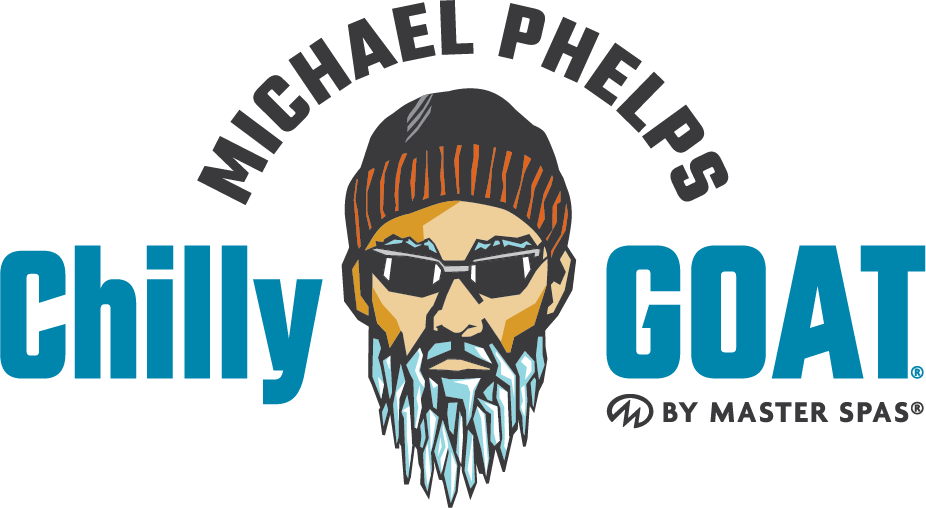


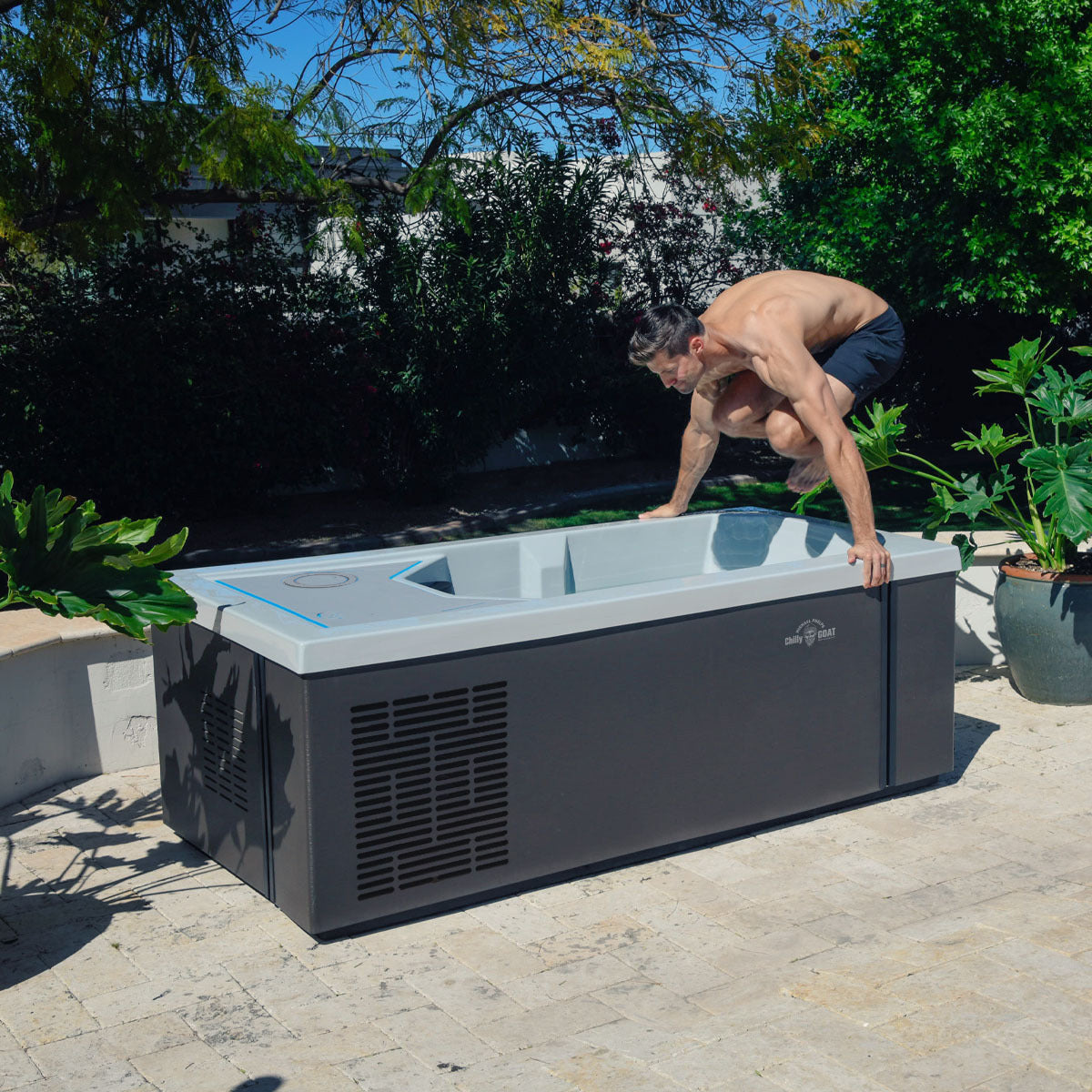




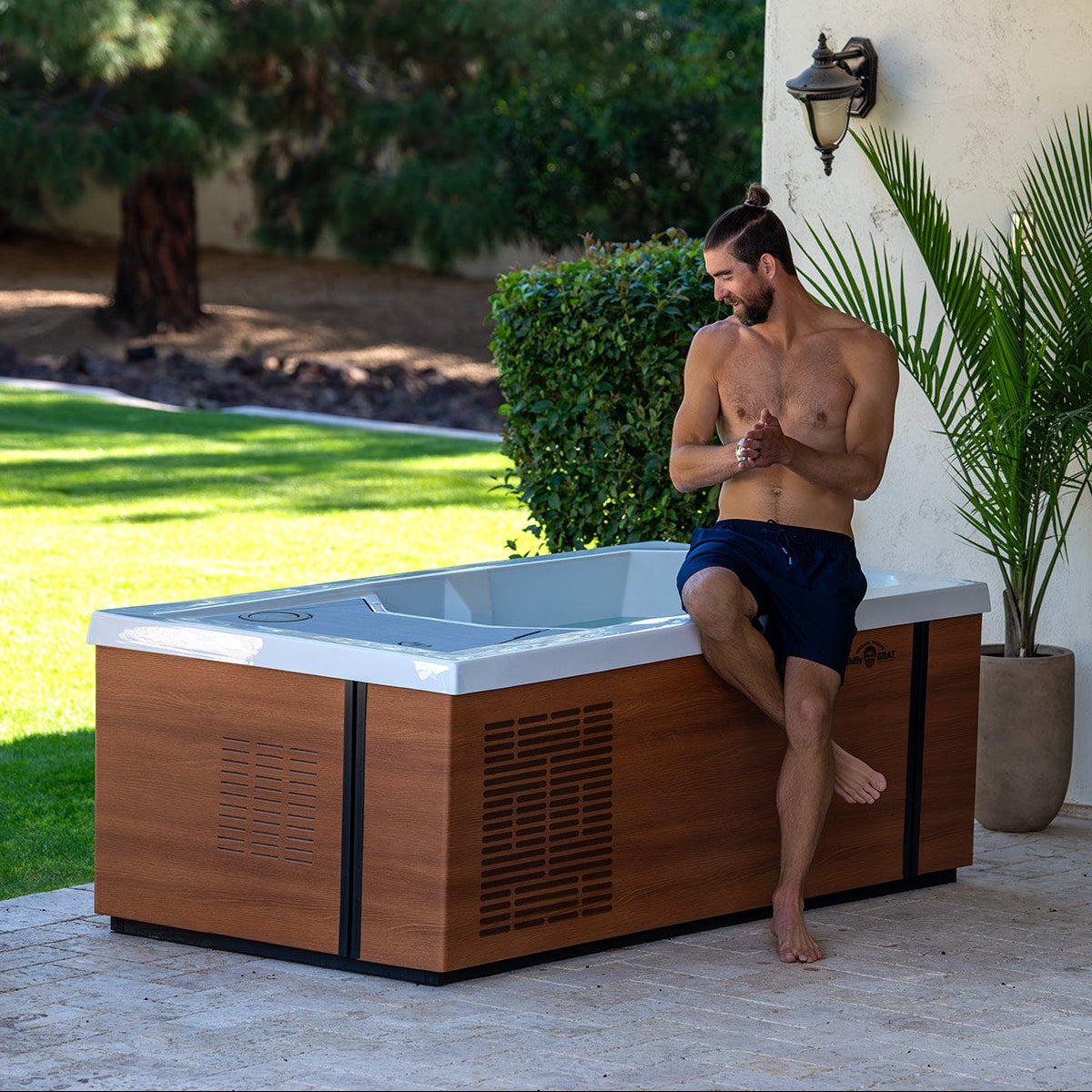




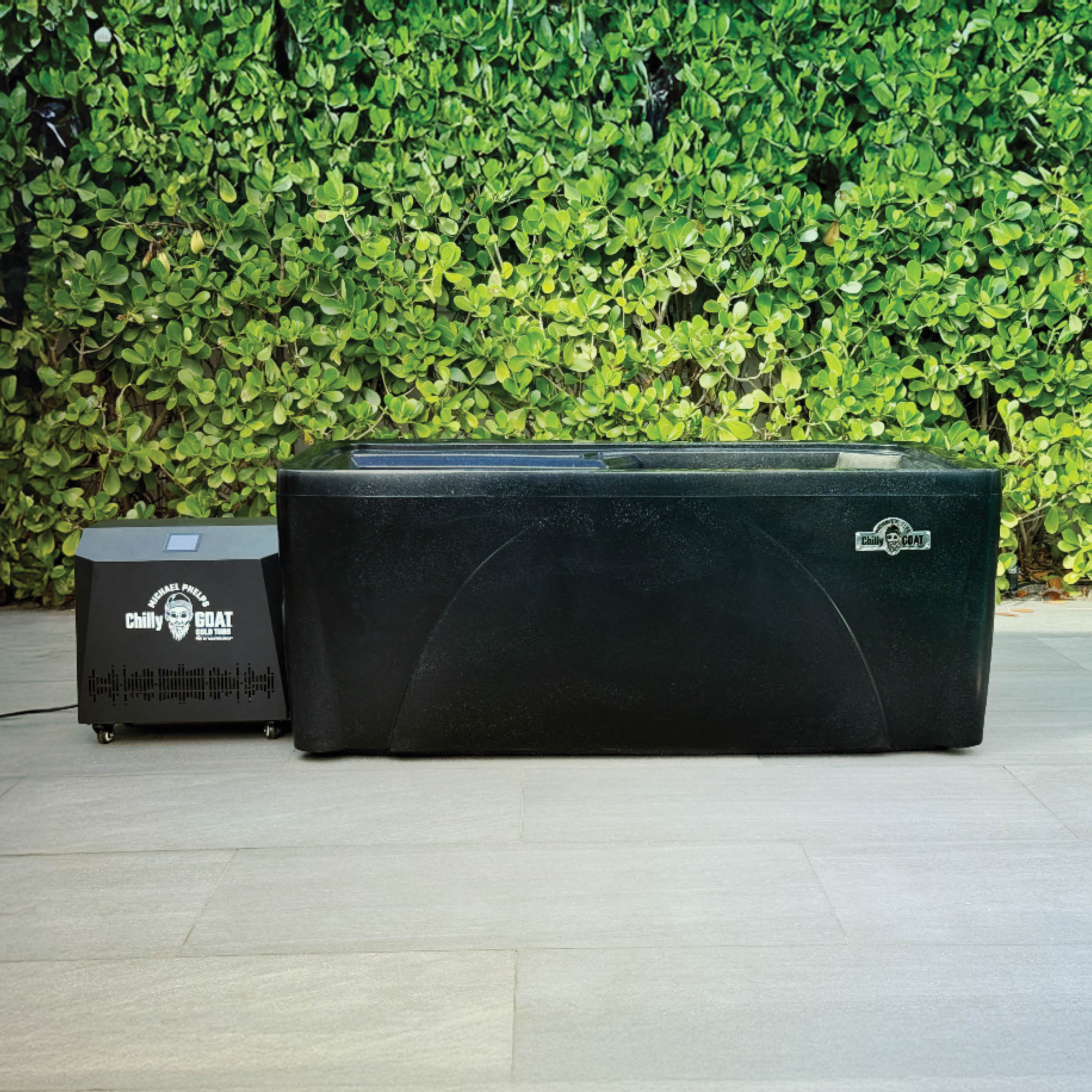

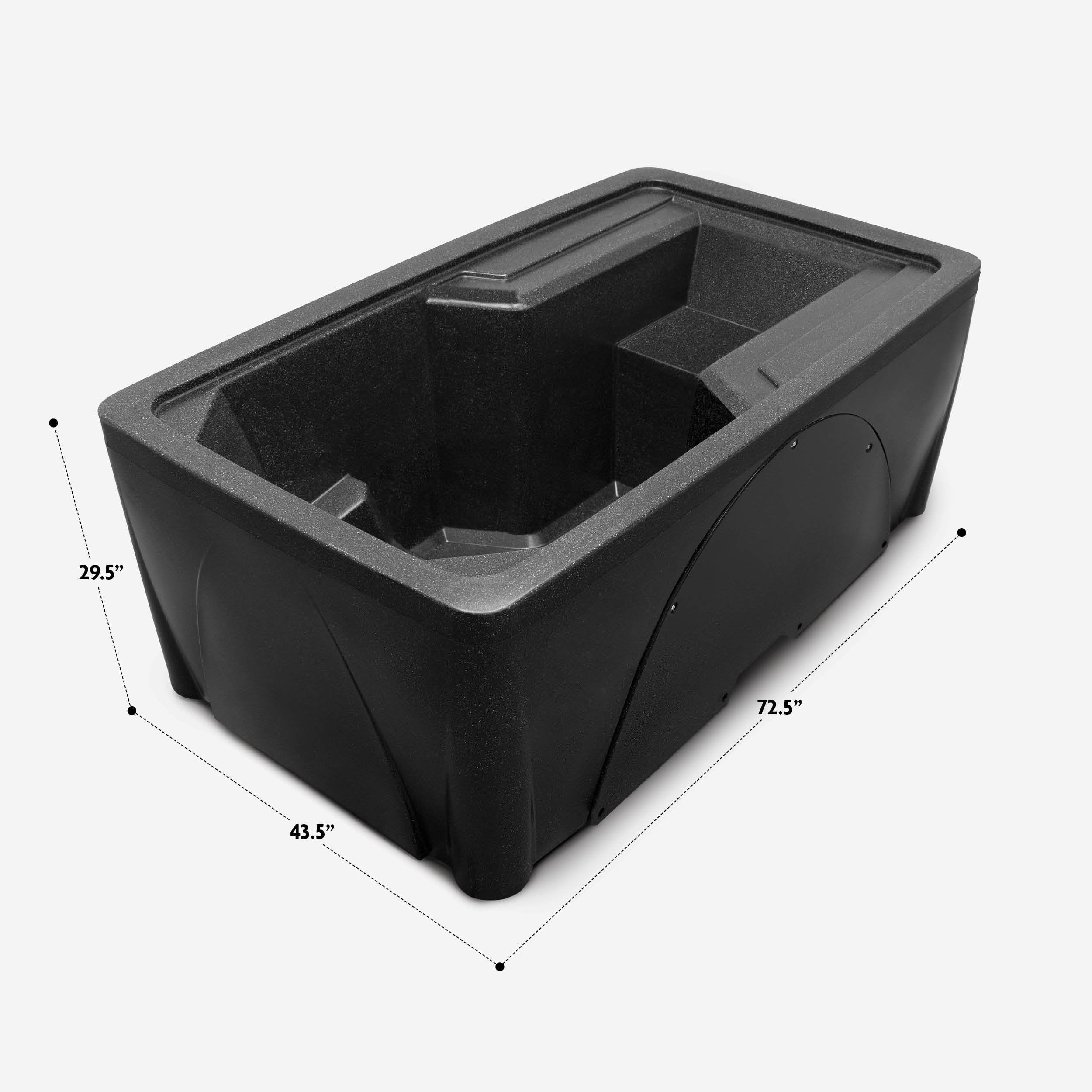
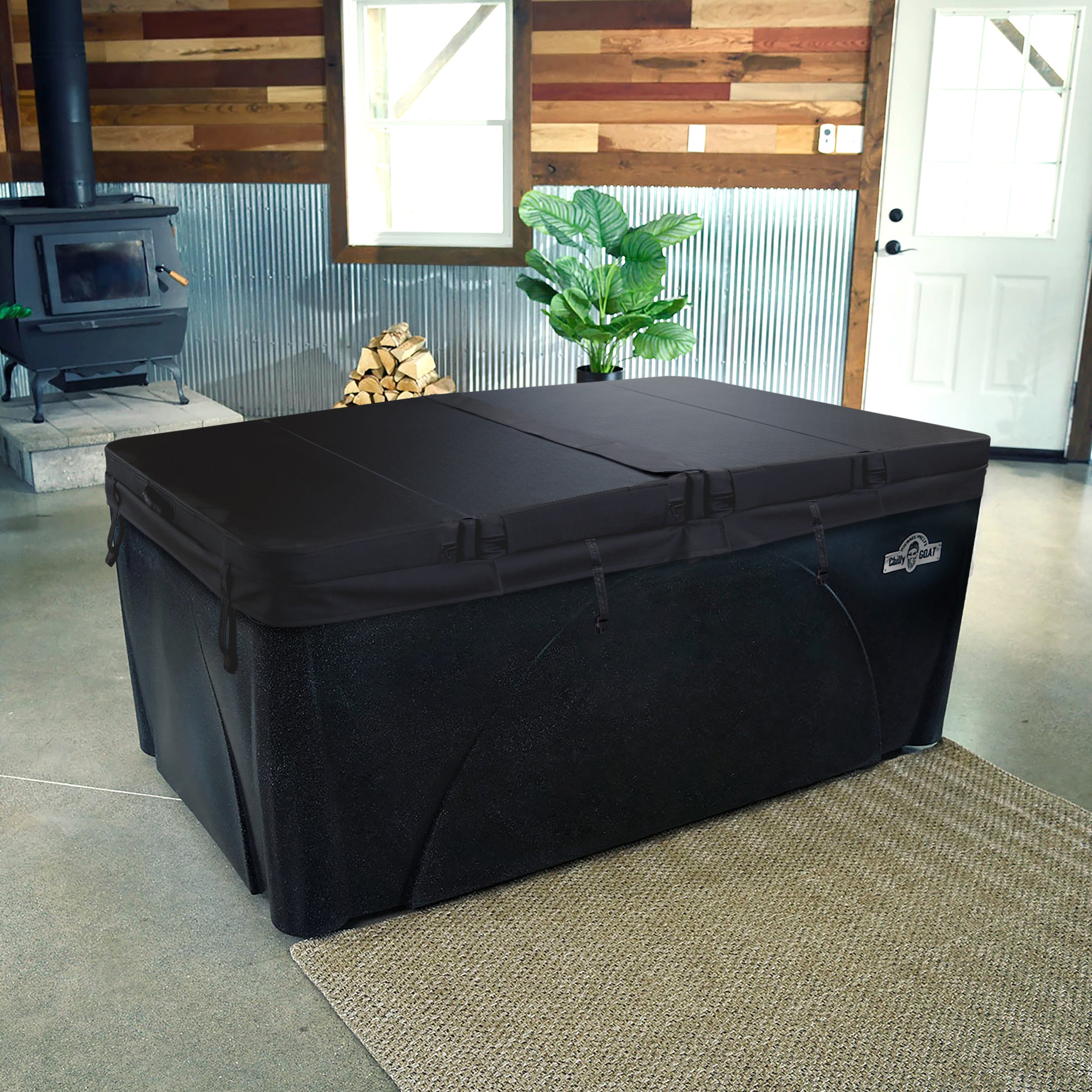
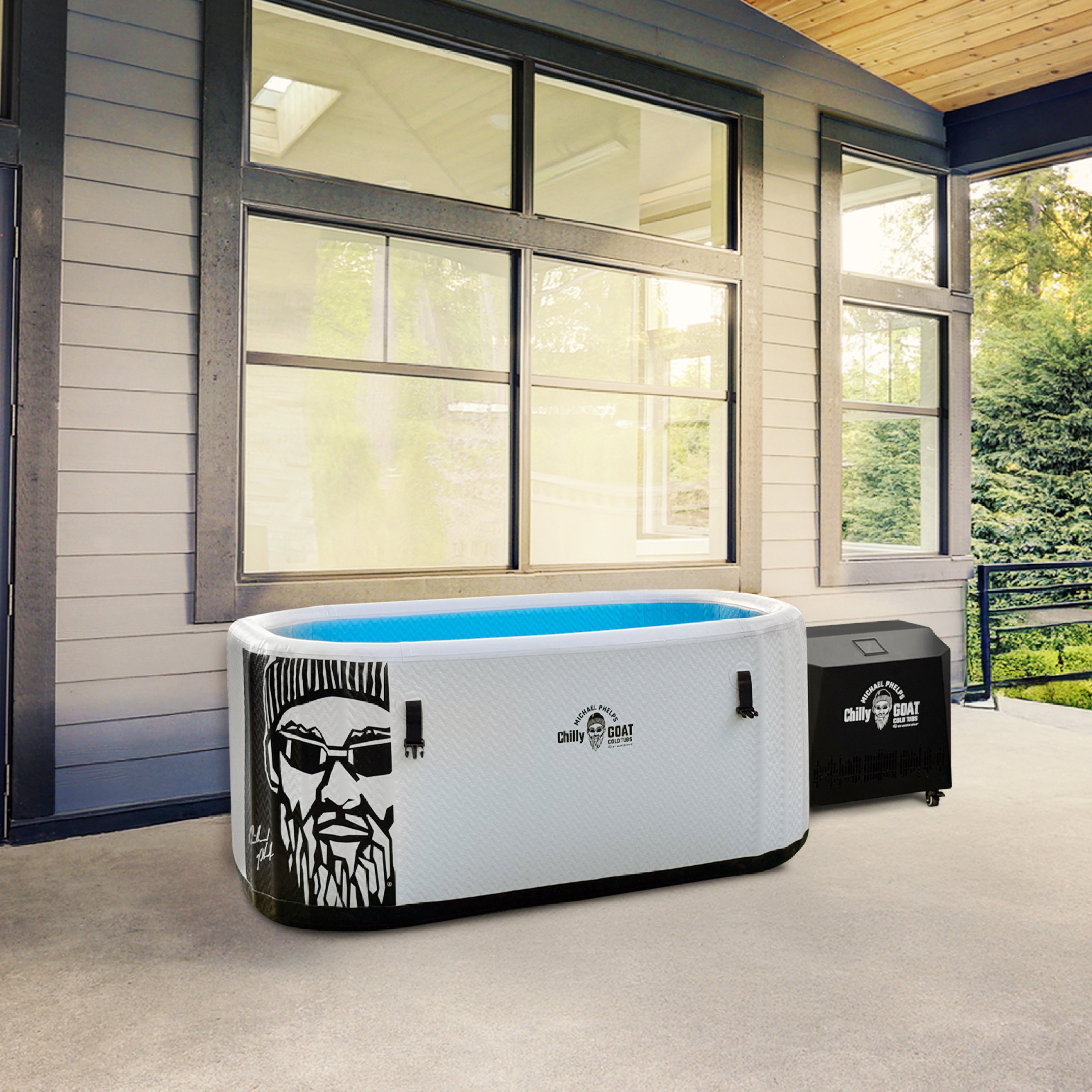
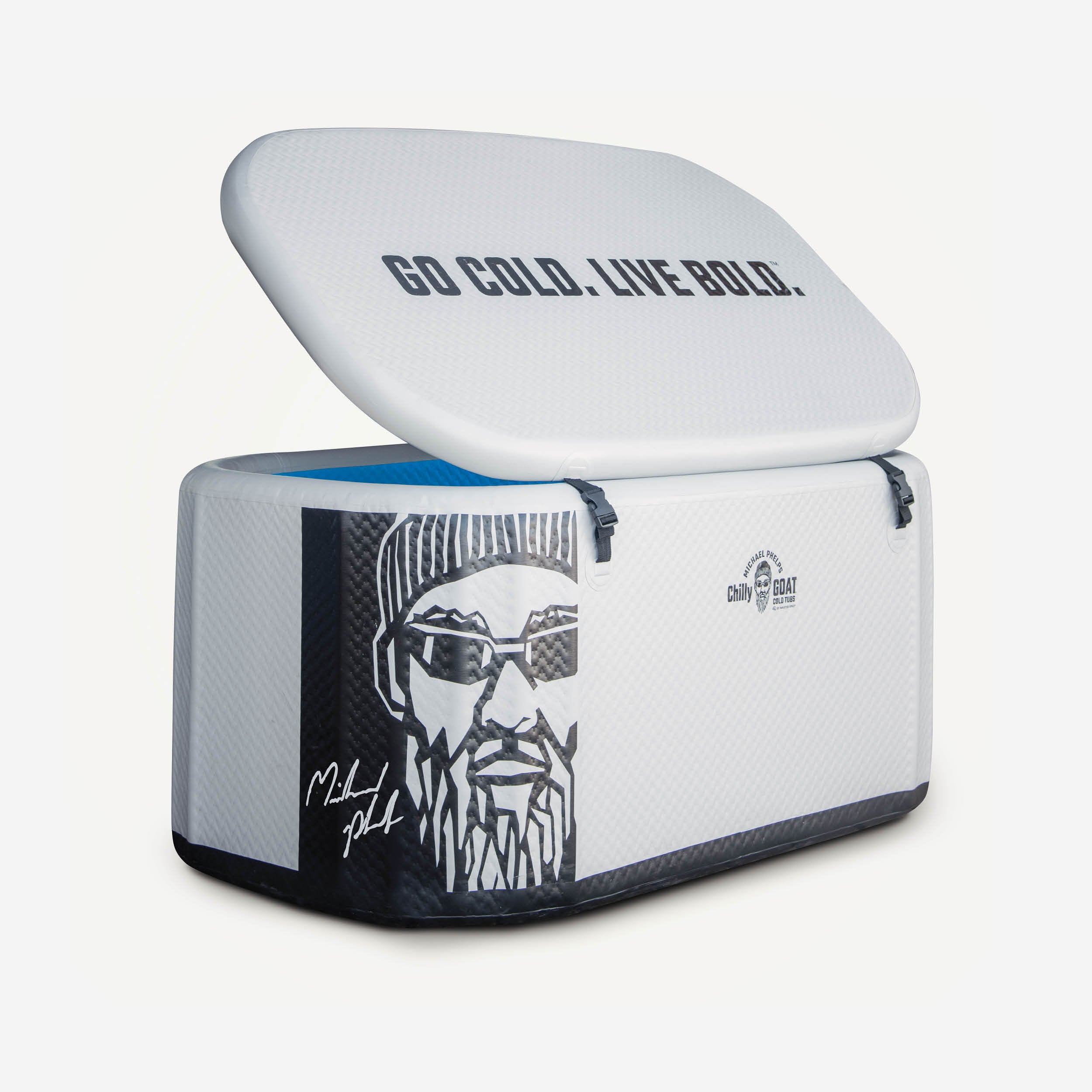
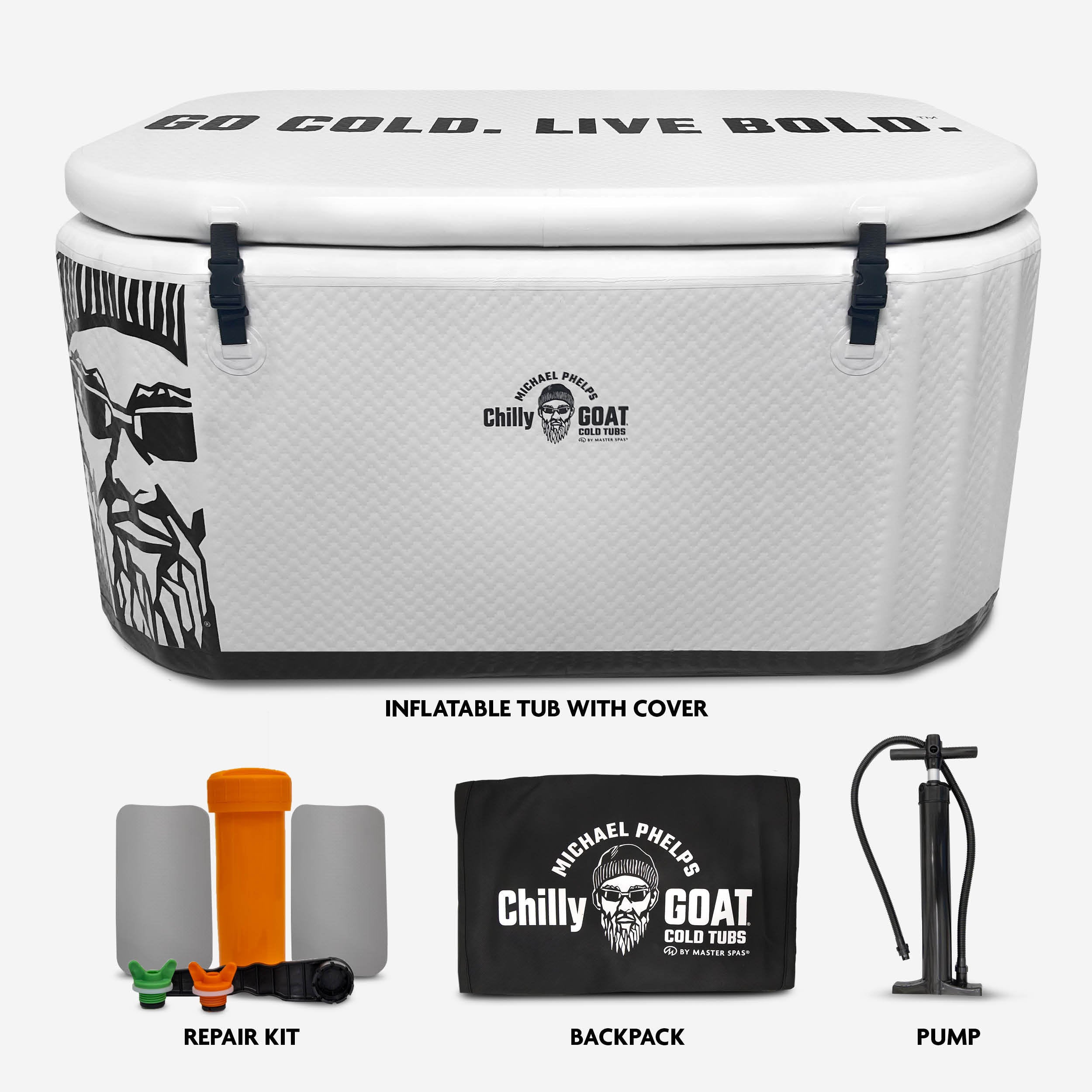



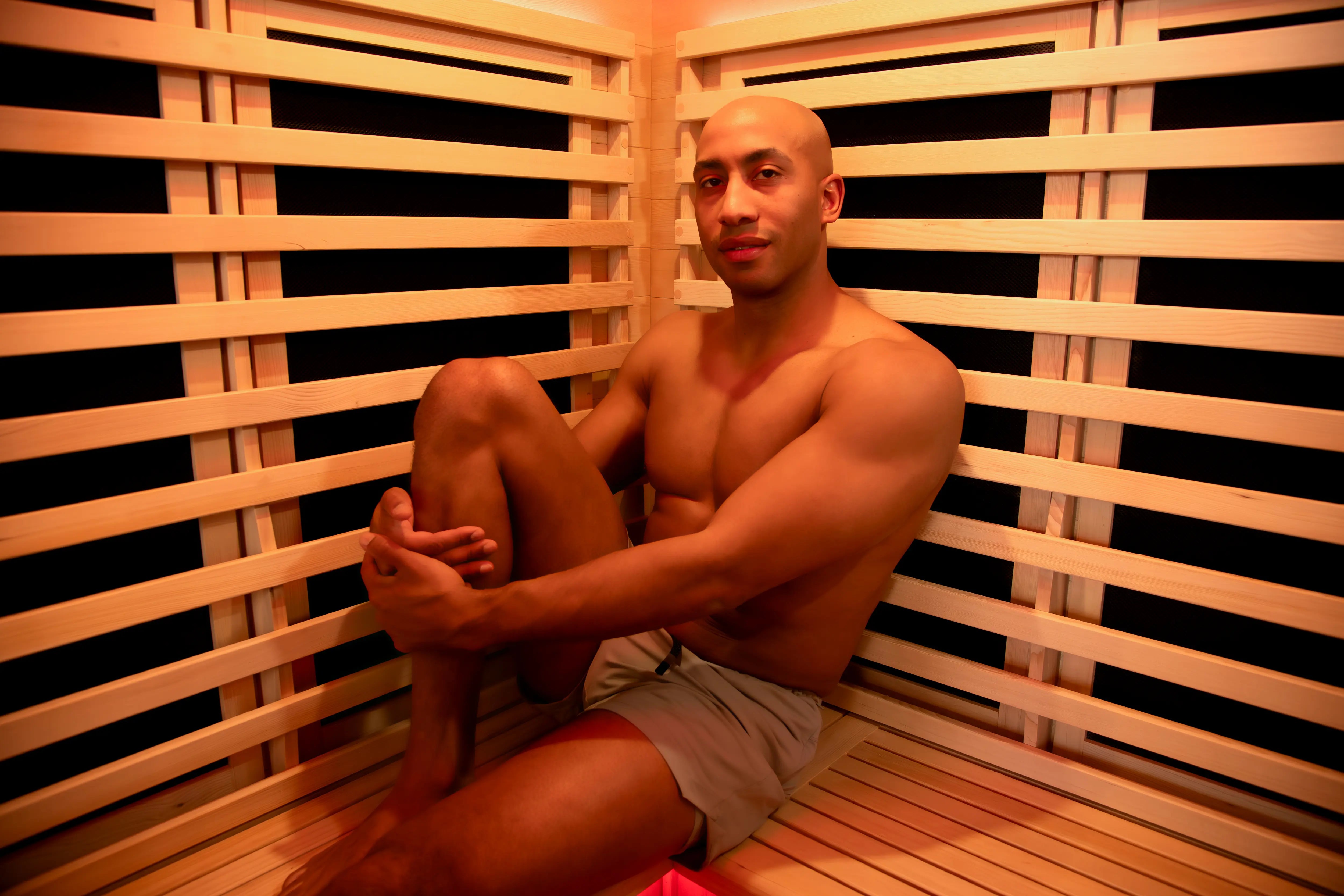
Breathe your way through cold water immersion
Why runners need to chill out and prioritize recovery